Exploring the potential of renewable energy sources such as solar power can be an engaging and enjoyable undertaking. If this is something that piques your interest, why not take on the exciting challenge of creating your own solar-powered robotic device? You’ll learn more about solar energy and its applications, all while concocting a fun project with friends or family!
To embark on your endeavor, here are some essentials:
To ensure your robot is properly energized, obtain at least one solar panel from a local hardware store or the internet. You’ll have plenty of options to choose from.
Your robotic companion will draw power from the sun when it’s shining, while a battery serves as a reserve, allowing its operations to continue even during the night.
A controller is your key to talking to your robot and providing it with the commands needed for its movements.
To give locomotion to its engineering components, powering your robotic machine requires motors.
To facilitate locomotion, your robotic technology will necessitate the use of wheels.
Framing is an integral step in holding your project together; depending upon your preference, you may use anything from wood to metal for this purpose.
After you have gathered all the pieces you need, you can get started making your very own robot that runs on solar power!
When planning the construction of your robot, it is beneficial to remember the following considerations.
Let your solar panels bathe in the sun’s rays by strategically placing them in an area that enjoys abundant exposure to sunlight.
Ensuring you have an adequate battery capacity for your robot is essential in order to guarantee a sustained energy output over an extended time frame.
-Overall user friendliness should be at the forefront of the design of your controller, allowing for a simple, effortless manipulation of the robot’s purposeful motion.
The power of your motors must be sufficient so that each of the components of your robot can be moved without difficulty.
When selecting a set of wheels for your robot, it is important that you ensure they are appropriate in size and material. This will help to ensure a smooth and seamless motion.
For your robot to be able to move about without restraint, a firm foundation must be established, ensuring that its components are secured in place.
Once the blueprint of your project is ready, launch into the construction phase!
Gather the necessary materials to build your frame, be it out of wood, metal, or anything else that’s sufficiently reliable. When the frame is complete, securely fix the panels in a spot which will allow them to soak in plenty of rays from the sun.
Following step, affix your power source to your robotic frame. This will store the solar energy collected while illuminated by the sun, so that your machine can continue operating even when the light fades away.
Now, take your robot’s movements to the next level with some motor action. Secure them firmly, as these will generate the power for your wheels to turn and maneuver. Time to hit the road with some mobility solutions!
Now that all the components are ready, place the controller. This will give you the ability to command your robotic friend. Then voil, your homemade solar-powered droid is complete!
With your robotic masterpiece finished, it’s time to witness its full potential. Step out into the open and provide the robot with its first trial run; observe how the contraption trots along. While you’re at it, why not try out alternative means of directing your robotic creation’s unique movements?
After some repetition, you’ll be able to teach your robot all kinds of impressive stunts!
Post time: 2023-06-25
Related Product
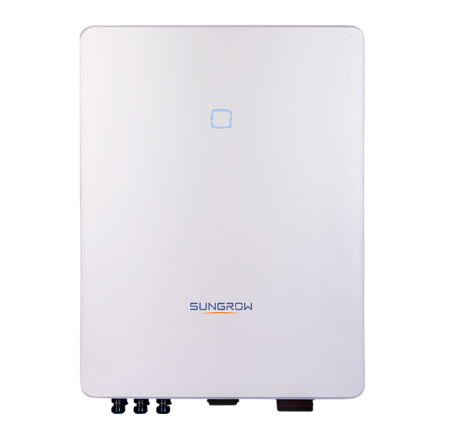
PV inverter
PV inverter (PV inverter or solar inverter) can convert variable DC voltage generated by photovoltaic (PV) solar panel into AC inverter of mains frequency, which can be fed back to […]
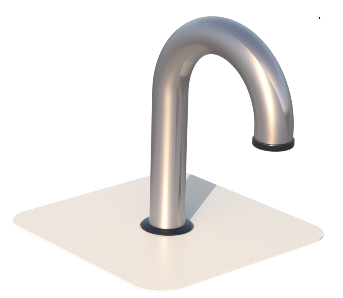
PV support KITS
What is Cable conduit? A metal protective tube with certain mechanical strength laid on the outer layer of the cable to prevent the cable from being damaged Cable threading […]
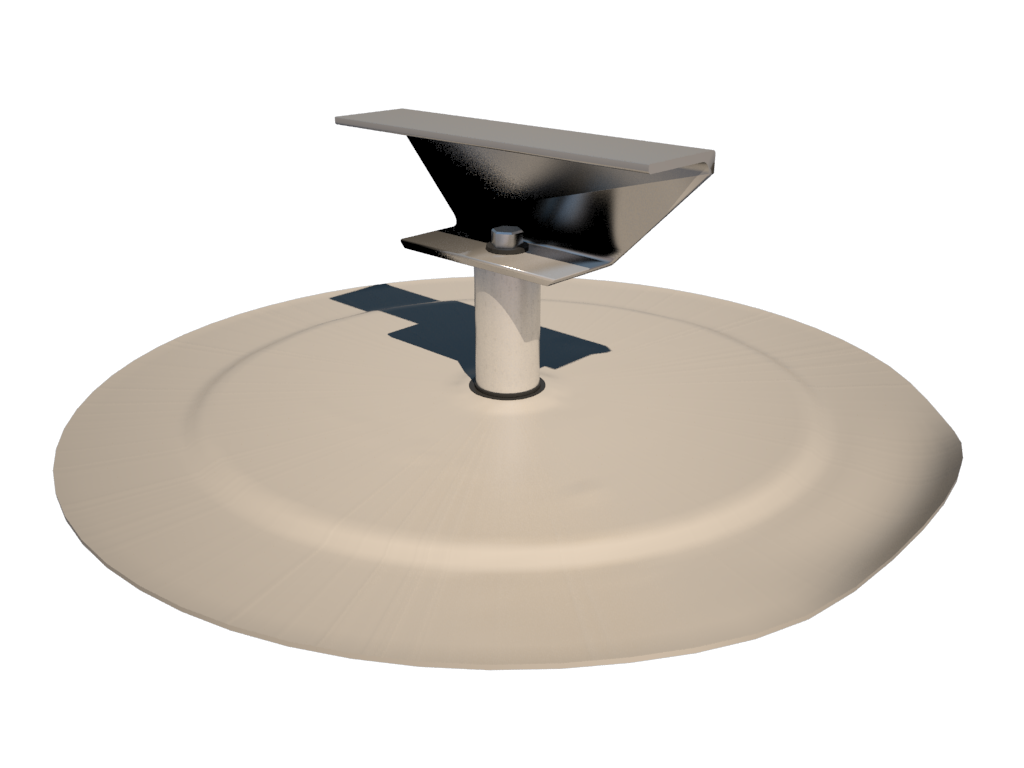
PV bridge support
Features of PV bridge support products: Strong resistance to negative wind pressure, good stability, strong bearing capacity and strong lateral tensile capacity; Easy and fast ins […]
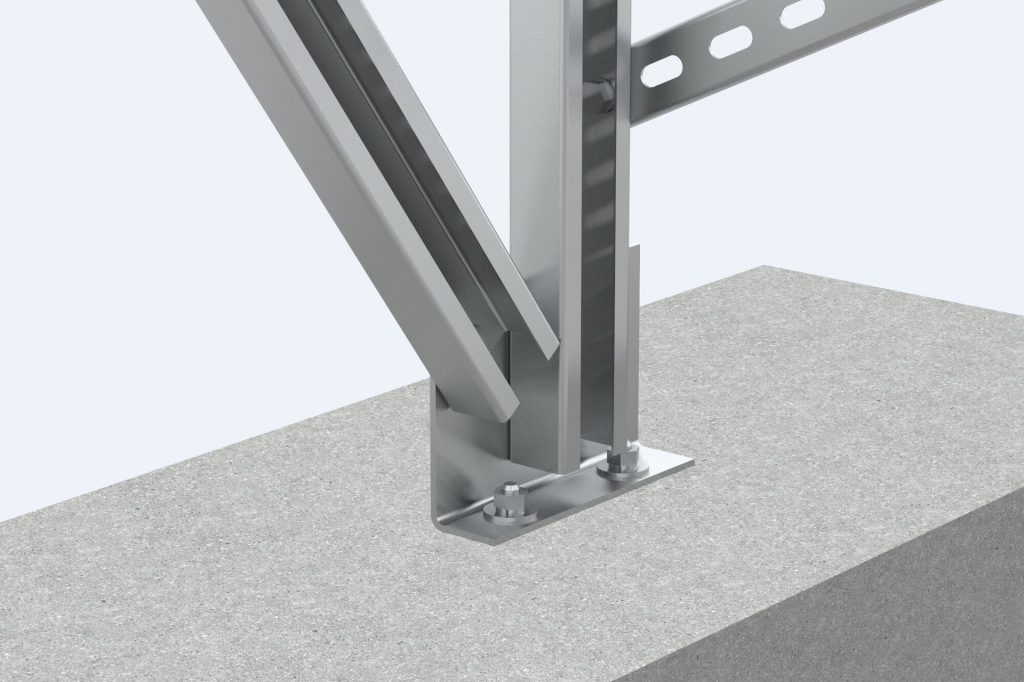
Flat roof photovoltaic support
Flat roof photovoltaic support Analysis of installation and construction problems of flat roof photovoltaic power station The external roof system on the roo […]
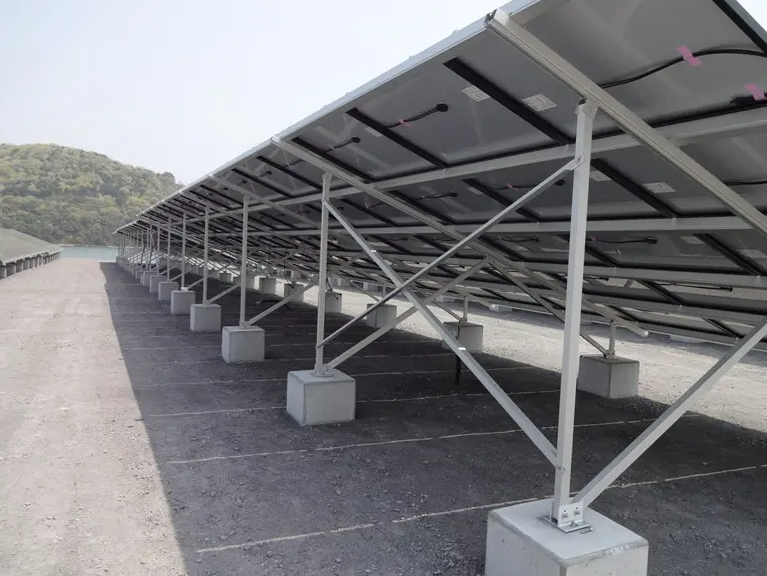
GROUND MOUNT PV Support
Placement position Ground Applicable component type Framed or frameless solar panels of various sizes Raw materials of support aluminium alloy Installation angle According t […]
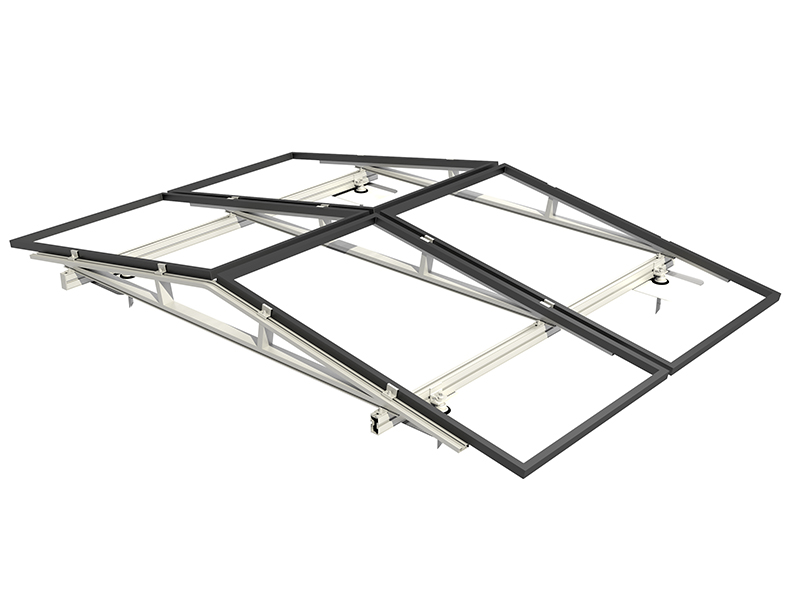
Inclined roof photovoltaic support
V support system for inclined roof The inclined roof installation system is suitable for all kinds of inclined roofs. According to the roof bearing capacity and waterproof requirem […]

Solar panel
PV Kits for fields, flat and pitched roofs The kit using photovoltaic support system is critical to photovoltaic support, including wind calculation speed, order picking speed and […]
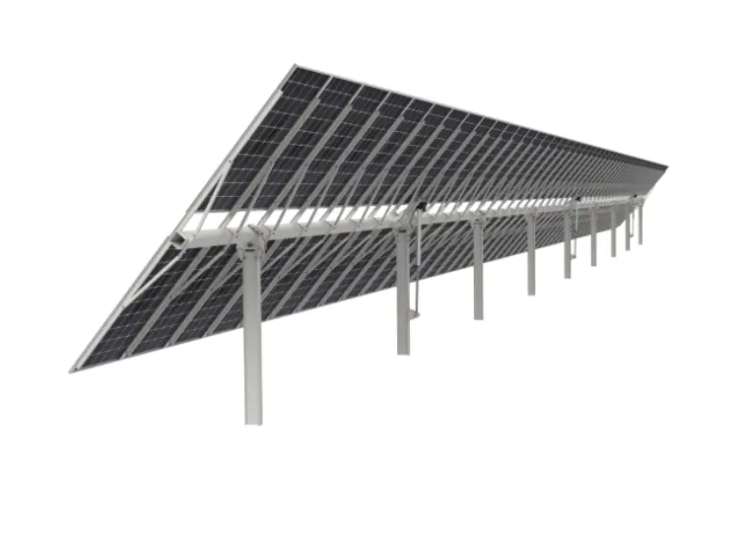
PV bracket tracking system
Ground tracking photovoltaic support Fully adapt to 210 major components The product has been tested in CPP wind tunnel Use AI algorithm to optimize tracking mode Irregular land is […]
